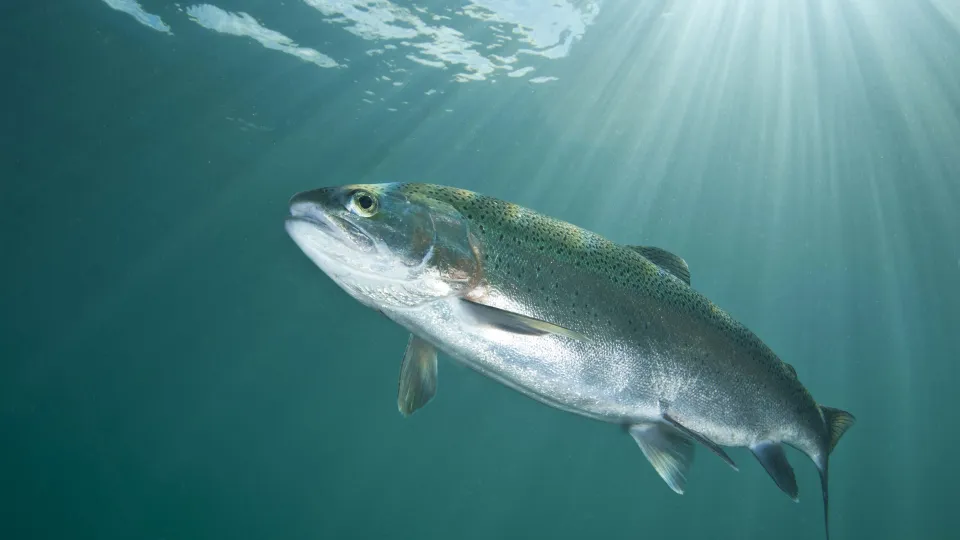
Rainbow trout
With a silvery body, and purple, pink and bluish streaks down its flanks, the rainbow trout lives up to its name. Popular with anglers, it is actually an introduced species in the UK.

With a silvery body, and purple, pink and bluish streaks down its flanks, the rainbow trout lives up to its name. Popular with anglers, it is actually an introduced species in the UK.
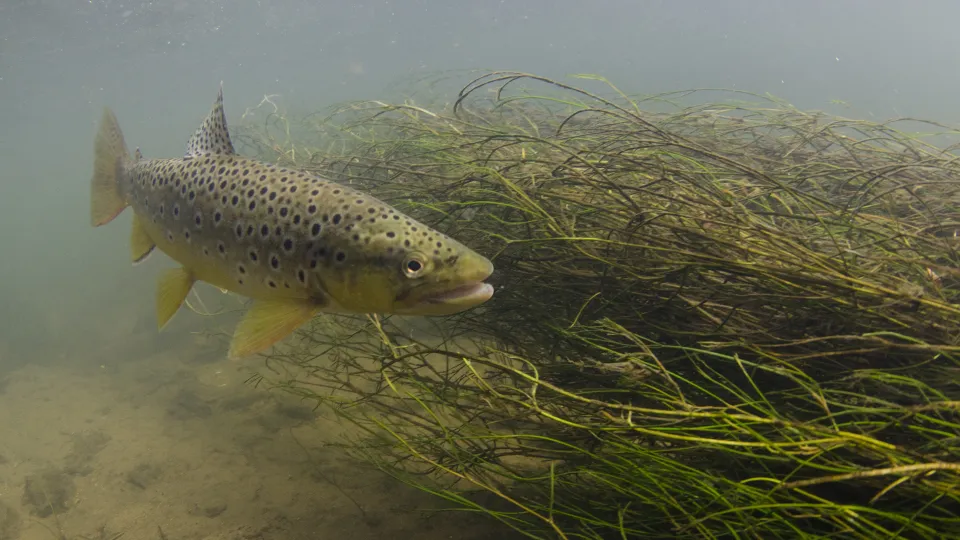
A fierce predator of small fish and flying insects, the brown trout is widespread in our freshwater rivers. It is has a golden body, flanked with pale-ringed, dark spots.
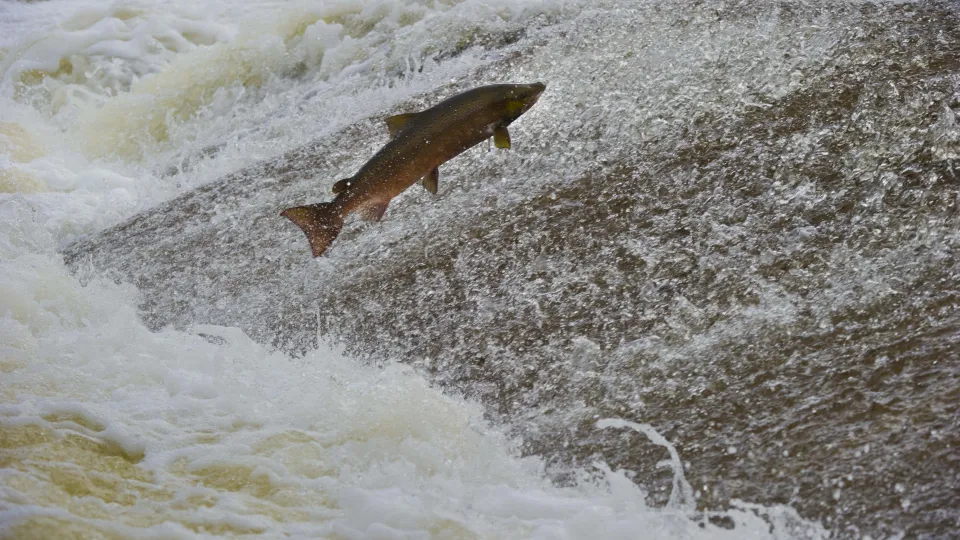
The Atlantic salmon spends most of its life at sea, but makes an epic journey back to the river or stream in which it hatched to spawn. Look out for it in freshwater rivers in the north and west.
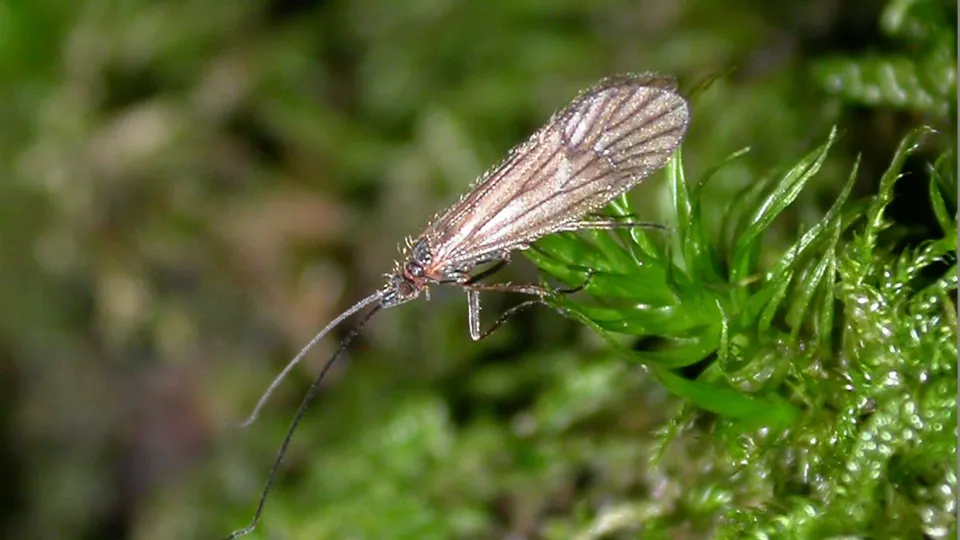
The Land caddis is the only caddisfly in the UK to spend its entire time on land, with no stage in water. Look in oak leaf litter over winter to see the grainy cases of the larvae, in which they turn into adults.
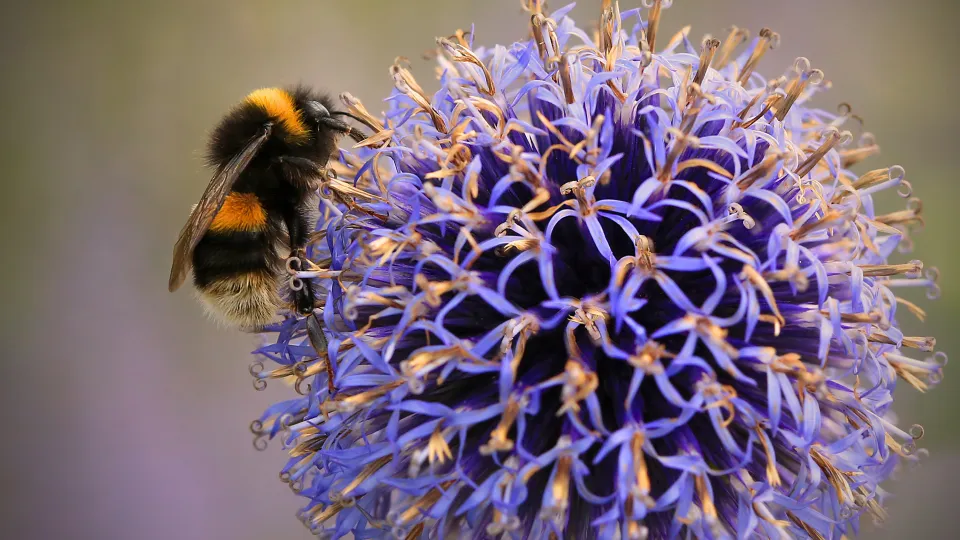
Spot these giants of the bumblebee world during springtime. They can be seen buzzing from flower to flower getting their pollen fix.
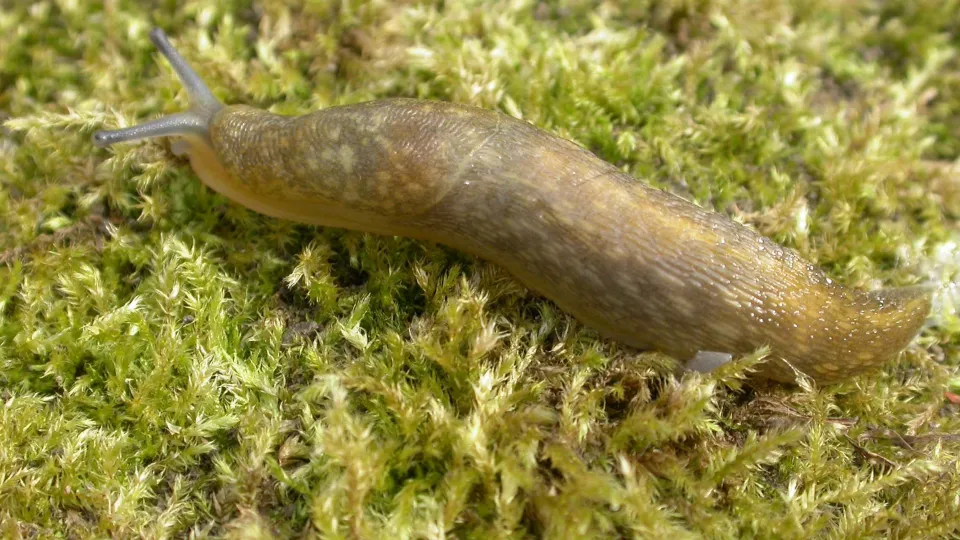
The Yellow slug lives up to its name - its yellow body is mottled with grey patches. Often found in gardens and damp places in houses, it can be considered a pest, but is an important nutrient recycler.
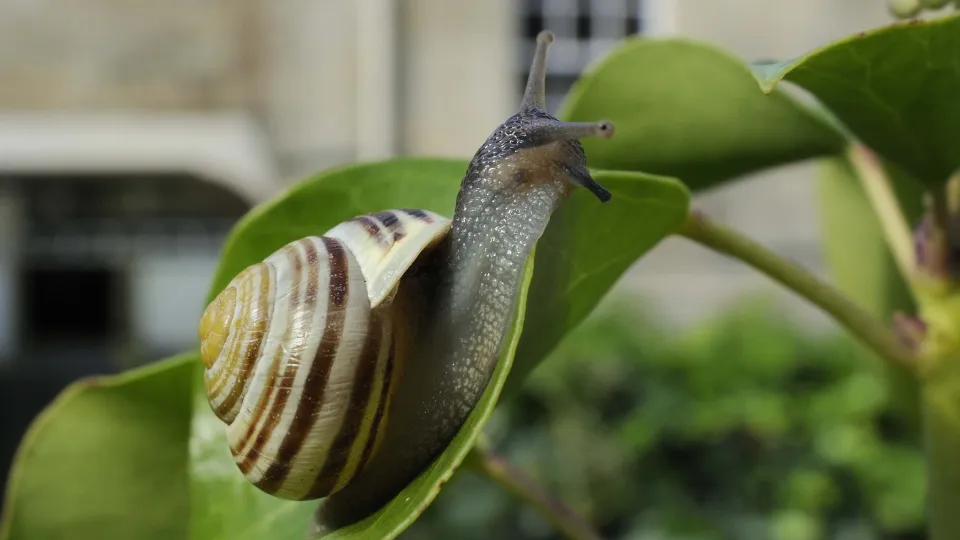
The White-lipped snail comes in different colour forms, but always has a white band around the opening of its shell. It prefers damp spots in wide range of habitats, from gardens to grasslands, woods to hedges.
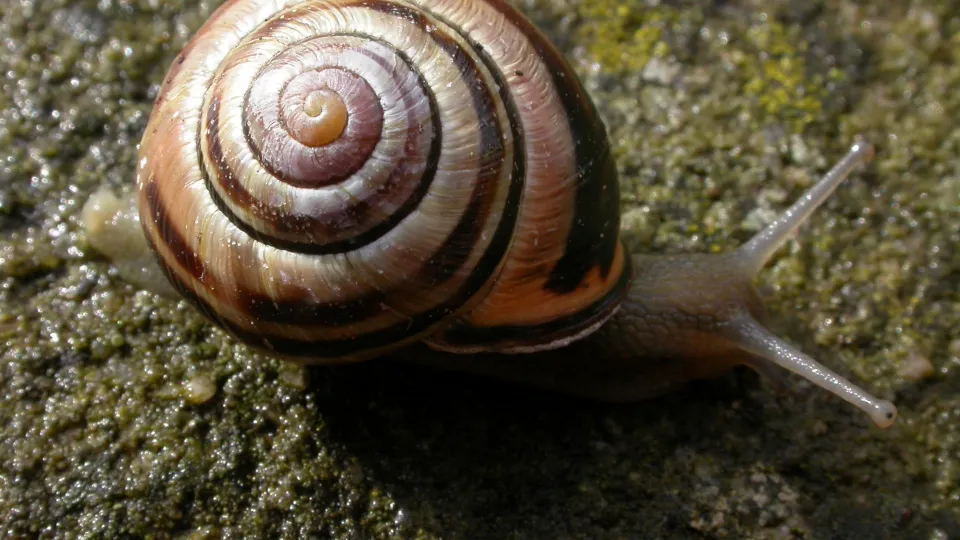
The Brown-lipped snail comes in many colour forms, but usually has a brown band around the opening of its shell. It prefers damp spots in wide range of habitats, from gardens to grasslands, woods to hedges.
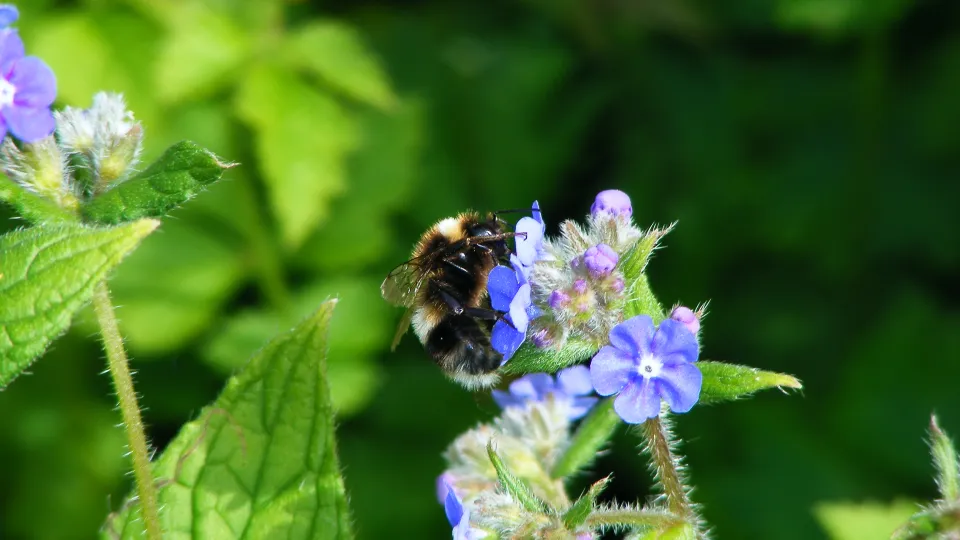
The Heath bumblebee is not only found on heathland, but also in gardens and parks. It nests in small colonies of less than 100 workers in all kinds of spots, such as old birds' nests, mossy beds and even roofs!
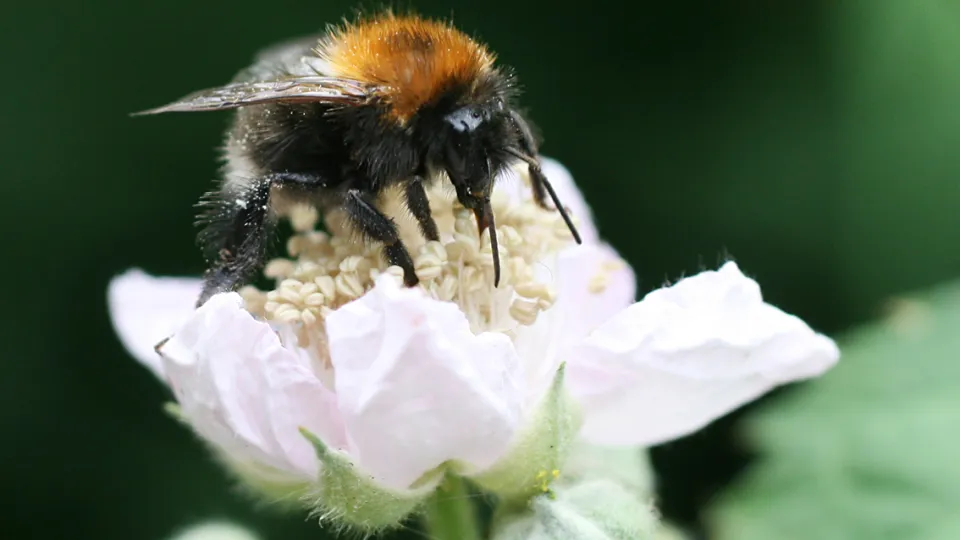
The Tree bumblebee is a new arrival to the UK. First recorded here in 2001, it is slowly spreading north. It prefers open woodland and garden habitats and can be found nesting in bird boxes and roof spaces.